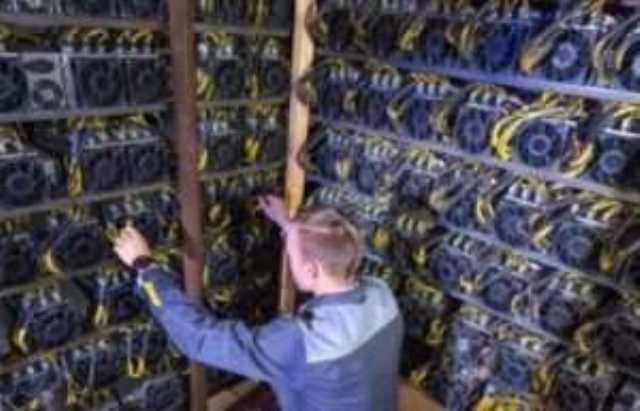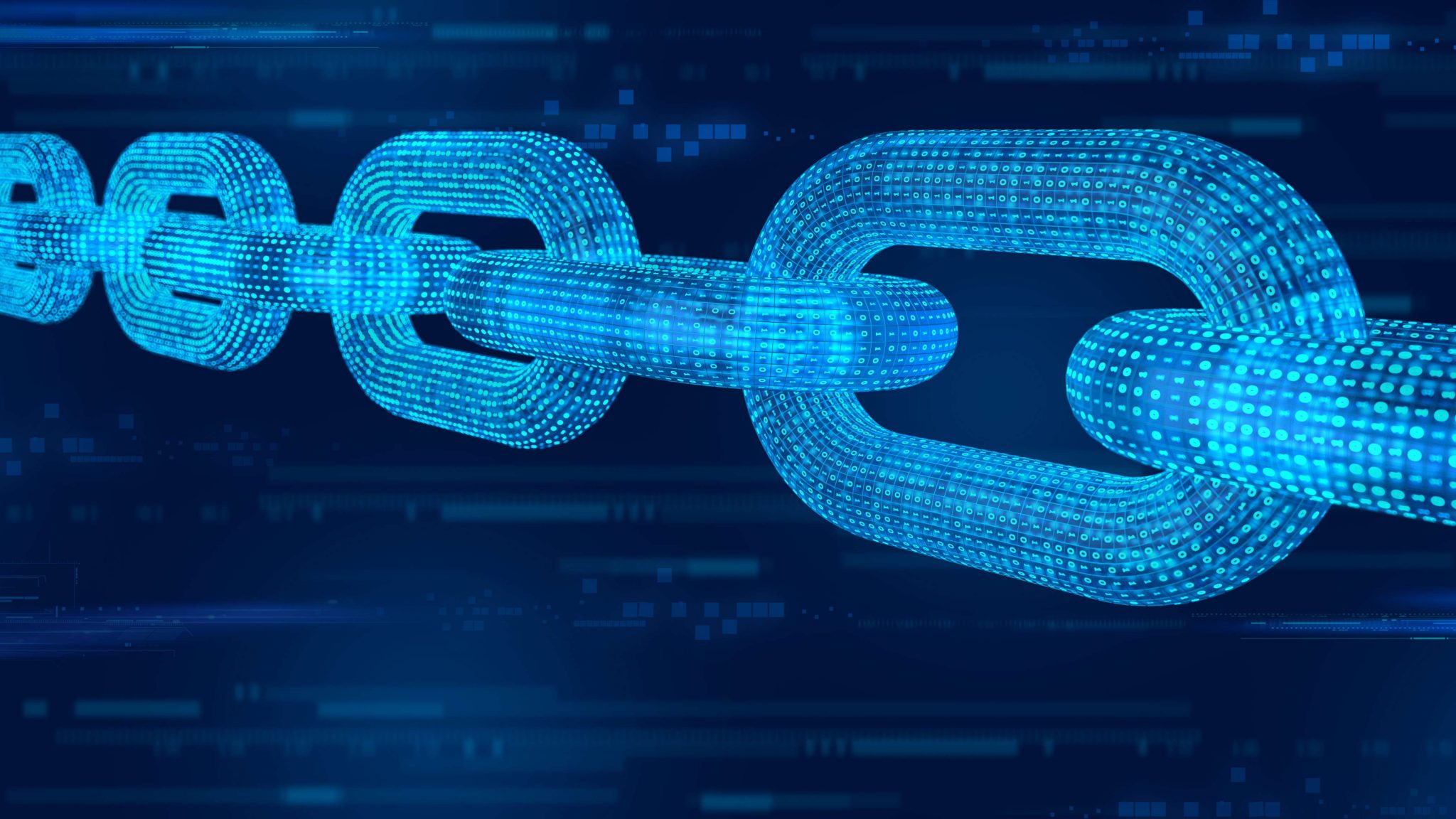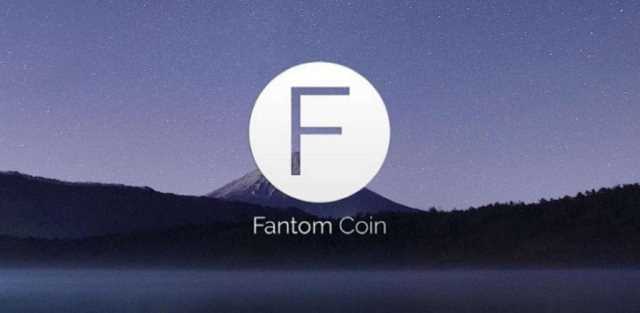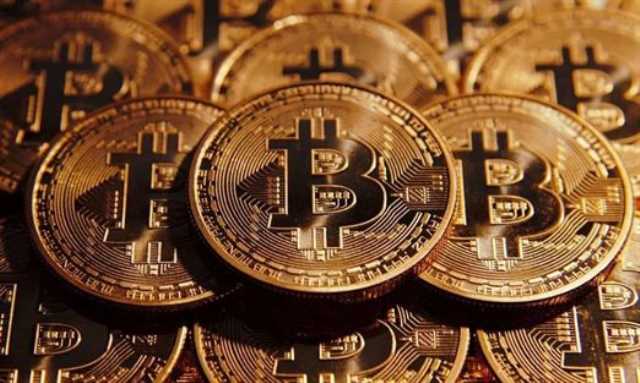
Stack Exchange network consists of 183 Q&A communities including Stack Overflow, the largest, most trusted online community for developers to learn, share their knowledge, and build their careers. Taxes may be payable on any return and/or on any increase in the value of your digital assets and you should seek independent advice on your tax obligations. Authorized to provide virtual currency exchange and custody services under the supervision of Lithuanian Financial Crimes Investigation Service (FCIS). To celebrate the Paris Olympic Games, BTSE is hosting a special spot trading competition with a prize pool of 33,000 USDT! In Ethereum, Gwei serves as a standardized unit that quantifies transaction costs, gas fees, and computational resources for executing transactions.

Conclusion: Embracing the Orphans of the Blockchain World

To understand the concept of uncle block consider blockchain as family tree. You, your Dad and his Dad are like “correct” blocks that forms the blockchain. Uncles are closely related to the family and they have their weightage as they are the “correct” next block in the blockchain. When a miner mines a block, they broadcast this block to the nodes that are closest to them, and these what is an orphan block miners pass it on to other nodes in their own peer network, and so on. This phenomenon occurred when two blocks mined within a short time of each other were received in reverse order (the child before the parent). When this happens, even though both blocks are verified and legitimate, only one of them can stay on to the main chain, which results in the creation of an orphaned block.

Orphan Blocks and Bitcoin Core v.0.10
In contrast to orphan blocks (which have no parent), uncle blocks are linked to the chain but are not part of the final selection. In Ethereum network as well as other Ethash coins a Uncle is called as a block. So what’s an Uncle block or Uncle in Ethereum mining and what’s so significant about that. Ethereum protocol is designed in such a way that it encourages miners who find these uncle blocks (orphan). In Bitcoin as we said the longest chain is the king and it is the main chain.
- In Bitcoin an orphaned block is a block that is not accepted or not part of the longest chain.
- This would essentially create two different versions of the same blockchain (this process is called a fork).
- However only one block will be accepted and the other has to be discarded.
- As a consequence, a node would download any block it received regardless if it had proof of work or not, because it had to download the whole block before checking the parent.
- In this case, if multiple miners created blocks at the same time, the block added to the chain is considered the winning block, while the other blocks are called stale blocks.
- This causes the network to temporarily split off into two competing chains, resulting in two different histories of the Bitcoin blockchain.
How Orphan Blocks Come to Be
- Once the parent transaction is received, they join the Mempool, they get validated and included in the next winning block available.
- However since they are no longer active and there is no known ancestor they are rejected from the actual blockchain.
- So, let’s embrace these orphans of the blockchain world, for they play a role in the grand tapestry of our digital financial landscape.
- In case of proof-of-work mining, there are many miners trying to mine the same set of transactions at the same time.
- It is estimated that around 1-3% of all blocks produced in a given day are orphan blocks.
- Most of the time, this is because there are not enough blocks generated from that block for the network to recognize it as the longest fork.
For a valid block successfully mined on the Ethereum network, a miner is rewarded with a block reward of 3 Ether. Orphan blocks, also called stale blocks, are blocks that are not accepted into the blockchain network due to a time delay in broadcasting the block to the network of miners. Orphan blocks are normally valid and verified blocks but have not been accepted and added into the rest of the blocks in the blockchain. The blockchain network will eventually choose one block over the other based on the length of the chain that follows. It’s important to note that the term “orphan” can be misleading, as these blocks are not left without a parent block; rather, they are blocks that are not included in the current best blockchain.
What Is an Uncle Block?
Now the miners who continue to work on this block are called mining on stale block. Stale blocks are nothing but old blocks that are already discovered or mined. This means that if the block containing the transaction is considered an orphan block, the transaction is not included in the current blockchain. Therefore, the transaction is not executed, and the assets involved in the transaction are not redeemed. The sender’s wallet balance will not change and the destination wallet will not receive the expected amount as a result of the transaction. However, in some cases, the orphan block and the transaction may be included in a valid block on a competing chain.
How Are Orphan Blocks Different From Stale Blocks?
The client does not show these, so when people talk about orphan blocks, they are most likely referring to extinct blocks. Note that since Bitcoin Core v0.10, there are no such orphan blocks anymore, due to a significant change in the download mechanism. Understanding orphan blocks is important because they can potentially cause delays in the confirmation of transactions and increase the risk of double spending. When an orphan block is created, it can cause a fork in the blockchain, which means that there are two separate chains being built simultaneously. This can lead to confusion and uncertainty about which transactions are valid and which are not.
Understanding Orphan Blocks
In this case, the transaction is processed on that alternative chain, and the transaction result is realized. Although the Bitcoin blockchain discards blocks without a parent, known as orphan blocks or stale blocks, other blockchains may utilize them for various purposes. Despite their technical term, orphan blocks are more commonly referred to as uncles and the name has become widely accepted. An uncle block is a block that was not selected to be added to the main chain of blocks in a blockchain network. This occurs when multiple miners produce blocks at the same time and only one can be chosen as the “canonical” block.
Subscribe to our weekly mailing list and get latest crypto news, resources and guides to your email!
Orphan blocks have been created as valid blocks but have not been added to the blockchain network or have been detached from the chain. In other words, they are blocks that are recognized as valid by miners but do not conform to the consensus algorithm. They can often occur when two miners are working on a block at the same time or when there is a problem with the verification process of transactions. Each block will have subsequent blocks created, initiating a race to verify the most blocks. The fork with more verified blocks—through proof of work (PoW)—gets accepted into the blockchain.

